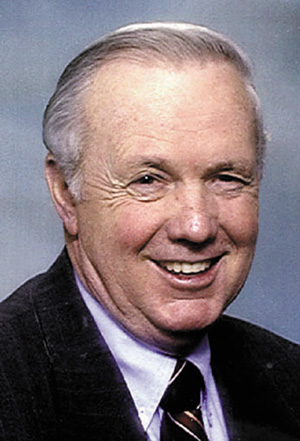No. 865 THE TURN AROUND OF NEW ORLEANS SCHOOLS!
No. 865
Jim Davidson -- NEWSPAPER COLUMN
THE TURN AROUND OF NEW ORLEANS SCHOOLS!
Over the past few years, there is a story that has been unfolding down on the Gulf Coast that all Americans need to hear or read about. It is the story of the turnaround of the New Orleans Schools. This major city school system has gone from being one of the worst in the nation to one of the best. It is important to understand that we are talking major city schools here, not all schools, and there is a huge difference. Traditionally, smaller schools across the country have performed much better than schools in major metropolitan cities.
As a starting point, let’s remember the sad state of affairs in the New Orleans Schools back in 2003 before Hurricane Katrina came along. The dropout rate hovered around 70 percent by one count, 64 percent of public schools were deemed “academically unacceptable” (compared to just 8 percent for the rest of the state) and buildings were crumbling. Gross mismanagement (missing resources, deceased people on the payroll) led to the state starting to take control of a handful of the city’s schools, folding the management of these schools into its existing Louisiana Recovery School District.
Then a week after school started in 2005, Katrina came. Five of the city’s roughly 105 schools were in the recovery district before Katrina, and nine were separately run charters. Today, the recovery district, led by Superintendent Paul Vallas, has 70 schools, with 47 of those being charters.
Here it might be good, if you are a layman like me, to define Charter Schools. According to Wikipedia, the free encyclopedia, Charter Schools are “primary or secondary schools that receive public money (and like other schools, may also receive private donations) but are not subject to some of the rules, regulations and statutes that apply to other public schools in exchange for some type of accountability for producing certain results which are set forth in each school’s charter.”
Here is the key, and part of the reason for their success, Charter Schools are opened and attended by choice. But let’s return to New Orleans. While the city shares some similarities for reform with schools nationwide, there are many more differences between New Orleans schools and those elsewhere in the country. Not only do charters dominate the education landscape, but also nearly every attendance zone has been eliminated, making school choice almost universal. None of the schools, from charters to regular public schools, are bound by a collective bargaining agreement. In other words, they have no unions they have to deal with.
With the fifth anniversary of the flood in August 2010, there has been renewed national focus on New Orleans schools and its students’ progress. The school system has slowly ramped up the number of students served. In 2005, just before Katrina, it had 65,000 students; the next year it was down to 25,600. Enrollment has now climbed to 38,000. The demographics are still daunting: 95 percent of students are minorities and 83 percent are eligible for free or reduced lunches. Last year, 61 percent went to charter schools (a number that will increase this school year), by far the largest percentage of children in an urban area attending charters in the county.
And the students have made progress. In 2002, only 31 percent of fourth graders were deemed at or above basic in English/language arts. By 2009, that number had swelled to 59 percent. Eighth graders have more than doubled the percentage at or above basic in the same time frame, in both English and math. Sounds like there is reason for optimism for the future.
---
(EDITOR'S NOTE: Jim Davidson is a public speaker and syndicated columnist. You may contact him at 2 Bentley Drive, Conway, AR 72034. To begin a bookcase literacy project visit www.bookcaseforeverychild.com. You won’t go wrong helping a needy child.)
